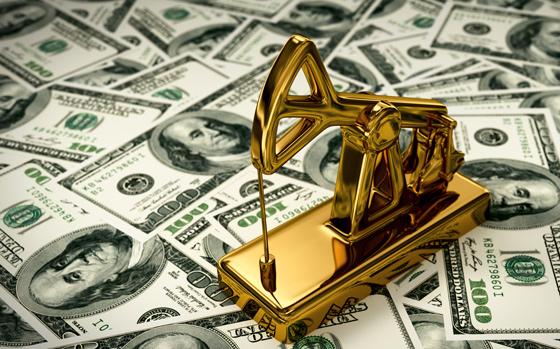Charles Sizemore, of HS Dent Investments, writes The Destruction of the Dollar? Not So Fast…
A funny thing happened on the way to the dollar’s imminent destruction: it broke its downtrend and is now looking to finish 2009 strongly.
—
Is the US federal government spending an irresponsibly large amount of money these days on stimulus…much of it borrowed? Absolutely. But so is virtually every European country, and yet the euro remains strong. The same is true for the Fed’s excessively lax monetary policy.  As bad as it is, it is only marginally worse than that of most other developed countries. As we wrote in a prior post (see “Who’s Next?“), some Eurozone members are at significant risk of sovereign default. And what might a default by a member or, in the most extreme case, the exit from the Eurozone of a major regional economic power like Italy, mean for the future of the euro? Let’s just say it wouldn’t be good.
The dollar was too expensive in 2000. But today, after nearly ten years of grinding bear market, the dollar is cheap and despised. Legendary speculator George Soros is credited with saying that the secret to making money in the financial markets is to find the trend whose premise is false and then bet against it. And we believe that the dollar bear market is one such trend. And Soros’s old partner, legendary contrarian investor Jim Rogers, agrees.
For those who read SHTF Plan regularly, you may note that this assessment from HS Dent directly contradicts our recent article Hyperinflationary Depression – No Way of Avoiding Financial Armageddon.
While the greater “depression” trend is still the case in both scenarios, the difference is whether or not we experience an inflationary depression similar to that of Zimbabwe, or a deflationary depression, similiar in nature to the 1930’s.
This seems to boil down to whether or not The Fed will be able to print enough money to offset the contraction in credit markets. It is, of course, more complicated than that, but that’s the general argument.
For this SHTF Planner, Marc Faber’s assessment earlier this year in The Inflation-Deflation Debate Heats Up is a plausible scenario that involves both elements.
For those trying to play this crisis for short-term gains, the road to wealth will be rocky. If however, you are looking at the long-term, tangible assets should pay off, because regardless of what happens in the near-term (0 – 36 months) the end result will likely be very bad for the US dollar and assets denominated in dollars.










0 Comments